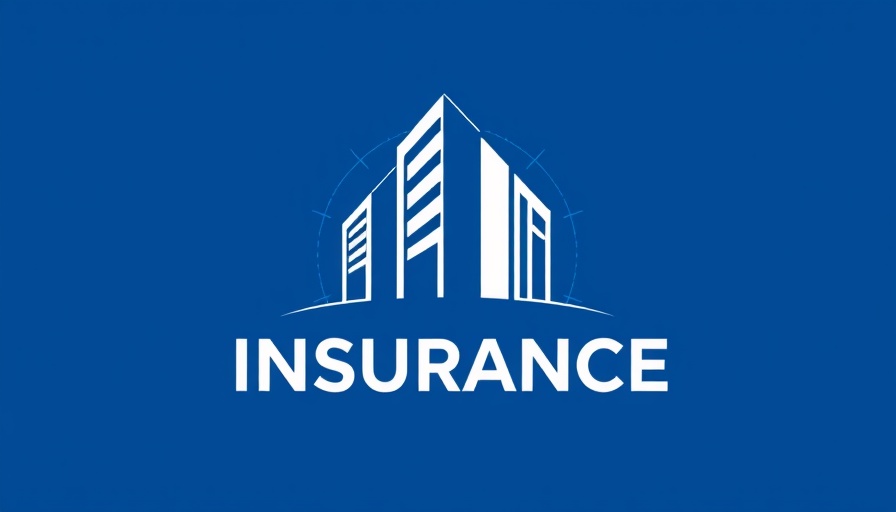
Unlocking the Value of IoT in Home Insurance
In an era where technology seamlessly integrates with daily life, homeowners are increasingly turning to Internet of Things (IoT) devices to protect their residences. With insurance companies focusing more on prevention to keep costs down, solutions designed to reduce potential hazards are becoming valuable assets. This is particularly true for South Carolina residents who may be seeking new ways to fortify their homes and, by extension, their insurance premiums.
The Efficacy of IoT Devices
One notable player in this space is Whisker Labs, which developed the Ting fire prevention solution. By teaming up with Octagram Analytics and Triple-I, they’ve shown tangible financial benefits from using their devices. According to their research, Ting reduced fire claims by an impressive 63%, averaging an $81 savings per customer. Such compelling evidence could inspire homeowners in South Carolina to consider the broader implications of investing in such technology.
How Does Ting Work?
Equipped with advanced artificial intelligence, Ting monitors homes for potential fire hazards. By analyzing voltage with extreme precision—30 million measurements per second—this device detects arcing, the leading cause of many electrical fires. Furthermore, it can issue alerts for dropping temperatures, helping to prevent plumbing issues from frozen pipes. For homeowners, this kind of proactive monitoring signifies not just enhanced safety but also the possibility of lower insurance rates.
Transforming Insurance Models with IoT Solutions
The questions many homeowners have revolve around the return on investment for IoT devices. Will these investments translate into real savings? For insurers, the data is equally as significant. If these devices can prevent claims, companies can subsequently offer better policies at more competitive rates. Whisker Labs collaborates with more than 30 insurance companies that provide Ting for free, demonstrating a cooperative approach to managing risks. This model significantly alters the landscape of home insurance in South Carolina.
Broader Implications for Homeowners
The innovative nature of IoT solutions paves the way for a future where homeowners may be encouraged to adopt more preventive measures. The reduction in claims due to these technologies means that insurers might develop specialized policies tailored for smart homes. As a homeowner, navigating insurance choices becomes less daunting when backed by reliable data and technology.
Building Awareness and Empowering Choices
For residents of South Carolina navigating the complexities of auto insurance and property protection, this is a chance to reevaluate their approach. With recent incidents leading to confusion about coverage, understanding how these new technologies can interface with insurance becomes paramount. Considering questions like "Do I need more coverage?" or "What insurance pays for repairs?" can be simplified by understanding the emerging landscape of IoT implementations in insurance.
To empower your decisions about auto insurance coverage and to stay ahead during a claim, consider examining your policy documents closely, including the insurance declarations page. Are there gaps in your coverage that can be filled with IoT solutions?
In conclusion, homeowners and renters alike should contemplate the benefits of incorporating IoT devices into their life as a preventative measure against unforeseen losses. Not only might these technologies offer peace of mind, but they also stand to deliver measurable financial benefits in interaction with insurers.
Take Charge of Your Insurance Future
Now is the time for South Carolina homeowners to explore the available IoT solutions and consider how they can integrate them into their insurance policies. Understanding insurance coverage through innovative technologies can guide them towards better protection and financial sanity.
 Add Row
Add Row  Add
Add 




Write A Comment